Who Makes Rogue Nicotine Pouches: A Comprehensive Guide to Corporate Purchasing
Nicotine pouches have emerged as a pivotal product in the global shift toward smoke-free alternatives. Among the standout brands in this space is Rogue, known for its high-quality, discreet, and flavorful pouches. As demand surges—fueled by regulatory changes, health-conscious consumers, and new retail channels—understanding the supply landscape behind these products becomes critical for corporate buyers.
This guide unpacks who manufactures Rogue nicotine pouches, explores regional sourcing strategies, and offers actionable insights for bulk purchasers, distributors, and private-label seekers. Whether you’re expanding your nicotine product portfolio or entering this market for the first time, this article equips you with strategic knowledge for smarter procurement.
1. The Rise of Rogue: Why Nicotine Pouches Are Reshaping the Market
Rogue nicotine pouches have become a preferred option for consumers seeking a smoke-free, spit-free experience. Compact, convenient, and tobacco-free, these pouches appeal to both new users and experienced nicotine consumers. Their popularity aligns with broader industry trends, including rising demand for portable wellness products and growing legal restrictions on combustible tobacco.
As the category grows, corporate interest has expanded from simple distribution to customized production and white-label opportunities. To navigate this competitive space, understanding the manufacturing backbone behind Rogue—and identifying comparable alternatives—is a smart first step.
2. Who Manufactures Rogue Nicotine Pouches?
Rogue nicotine pouches are produced by Anchor Manufacturing LLC, a U.S.-based company known for its rigorous quality control and forward-thinking nicotine solutions. The brand is manufactured in FDA-registered facilities, using food-grade ingredients and refined nicotine to deliver consistency across all variants.
Anchor Manufacturing’s vertically integrated approach allows them to control every aspect of the process—from formulation to packaging. This ensures compliance with U.S. regulatory frameworks and positions them as a reliable benchmark for buyers seeking to replicate Rogue’s quality.
While Rogue is anchored in the U.S., similar products are produced globally by private OEM manufacturers. These companies offer scalable solutions for businesses interested in launching their own pouch lines, often with the flexibility to tailor flavors, strengths, and packaging to specific market needs.
3. Regional Procurement Channels: U.S., Europe, and Asia Compared
Understanding where and how to source nicotine pouches can significantly impact costs, compliance, and speed to market. Here’s a breakdown of how the procurement landscape varies by region:
United States
Buyers sourcing within the U.S. must adhere to strict FDA regulations. Anchor Manufacturing is a primary point of reference for domestic production. Alternatively, U.S.-based ingredient suppliers and OEM partners like Snuff Factory offer raw materials and private-label solutions for custom builds.
Working with compliant domestic partners ensures smoother regulatory navigation and faster lead times but may come with higher costs due to labor and compliance overhead.
Europe
Europe—particularly Sweden and the Nordic markets—has embraced nicotine pouches as mainstream alternatives. Procurement here often involves partnering with EU-compliant manufacturers offering OEM or white-label solutions. Competitive pricing, high product quality, and proximity to major markets make Europe a favorable sourcing region.
Asia
Asian manufacturers, particularly in China, offer some of the most cost-effective production solutions for nicotine pouches. However, quality and regulatory adherence can vary significantly. Due diligence is essential. Buyers should prioritize suppliers with GMP certification and experience exporting to Western markets.
Each region presents trade-offs between cost, speed, and compliance. Diversifying your supplier base can reduce risk and enhance supply chain agility.
4. Cost Components: What Drives Pricing in Nicotine Pouch Production?
Understanding cost structure is vital to maximizing profitability and avoiding sourcing pitfalls. Here are the key components:
-
Nicotine Input: Whether synthetic or tobacco-derived, the type and purity of nicotine impact both cost and legal classification.
-
Manufacturing Capabilities: Precision manufacturing, such as that used by Anchor Manufacturing, ensures consistent dosing and flavor dispersion—critical for consumer satisfaction and compliance.
-
Packaging and Branding: Customized packaging, including child-resistant containers or multilingual labeling, can add significant cost in private-label scenarios.
-
Compliance and Testing: Costs for regulatory approval, third-party testing, and product certification vary by market. These must be factored into your per-unit pricing.
Buyers should request detailed cost breakdowns from suppliers and negotiate terms that reflect production volume, packaging complexity, and compliance needs.
5. White Label vs. OEM: Which Path Fits Your Business Model?
When entering or scaling in the nicotine pouch category, two primary manufacturing models are available:
White Label
A white-label solution offers ready-made pouches that can be branded with your logo and packaging. This is ideal for companies looking for rapid market entry with minimal upfront R&D.
Best for:
-
Retailers testing a new market
-
Brands seeking a fast turnaround
-
Companies with limited product customization needs
OEM (Original Equipment Manufacturing)
OEM solutions allow for full customization—flavor profiles, nicotine strength, pouch size, and packaging. This model gives buyers greater control and brand differentiation.
Best for:
-
Businesses targeting niche audiences
-
Companies with established distribution channels
-
Buyers with long-term scaling plans
Partners like Snuff Factory offer both white-label and OEM services, enabling flexibility based on business maturity and market strategy.
6. How to Place Orders, Request Samples, and Initiate Partnerships
Purchasing nicotine pouches at scale involves more than submitting a bulk order. Here’s a streamlined process for engaging with suppliers:
Step 1: Identify Qualified Manufacturers
Focus on suppliers with a proven track record in nicotine product manufacturing. Ensure they comply with your market’s regulatory requirements.
Step 2: Request Product Samples
Evaluate pouch texture, flavor quality, nicotine consistency, and packaging resilience. Requesting samples is a critical step before large-scale procurement.
Step 3: Discuss Customization Options
Negotiate formulation, flavor varieties, pouch count per can, and packaging design. Clarify minimum order quantities (MOQs) and lead times.
Step 4: Finalize Terms and Place Order
Confirm pricing tiers, shipping arrangements, payment terms, and delivery windows. Get all agreements in writing to avoid ambiguity.
Step 5: Establish Ongoing Supplier Relationships
Once quality and service are confirmed, explore volume-based discounts or long-term contracts. Strategic partnerships often yield better pricing and support co-branded growth initiatives.
7. Final Takeaways for Bulk Buyers and Brand Builders
Rogue nicotine pouches, crafted by Anchor Manufacturing LLC, have set a high standard for smoke-free alternatives in the U.S. market. For corporate buyers looking to source similar products, replicate Rogue’s quality, or build their own brand, opportunities abound across multiple regions and supplier types.
To succeed, align with manufacturers that meet your cost, compliance, and customization needs. Whether through white-label convenience or OEM flexibility, the nicotine pouch segment offers significant room for growth and innovation.
Ready to source? Visit Snuff Factory to explore tailored B2B solutions, order samples, or initiate private-label development for your nicotine pouch line.

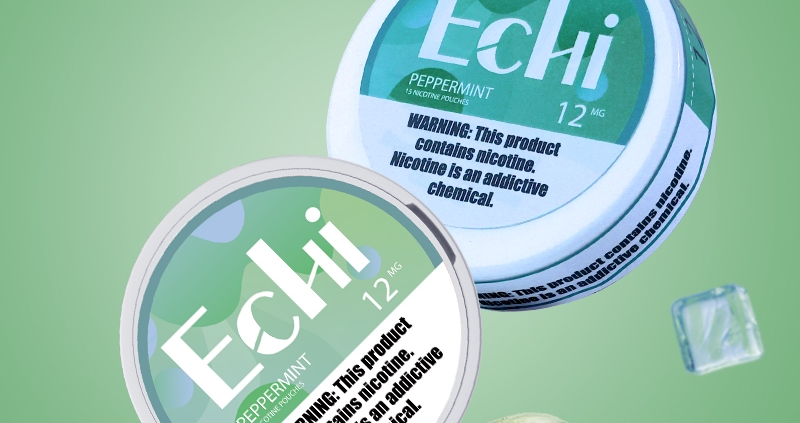
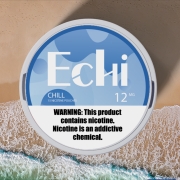
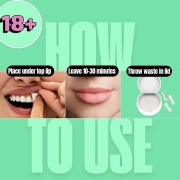

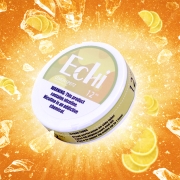

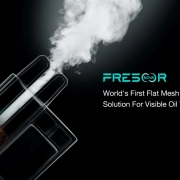
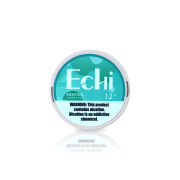
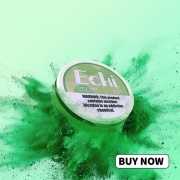


Leave a Reply
Want to join the discussion?Feel free to contribute!